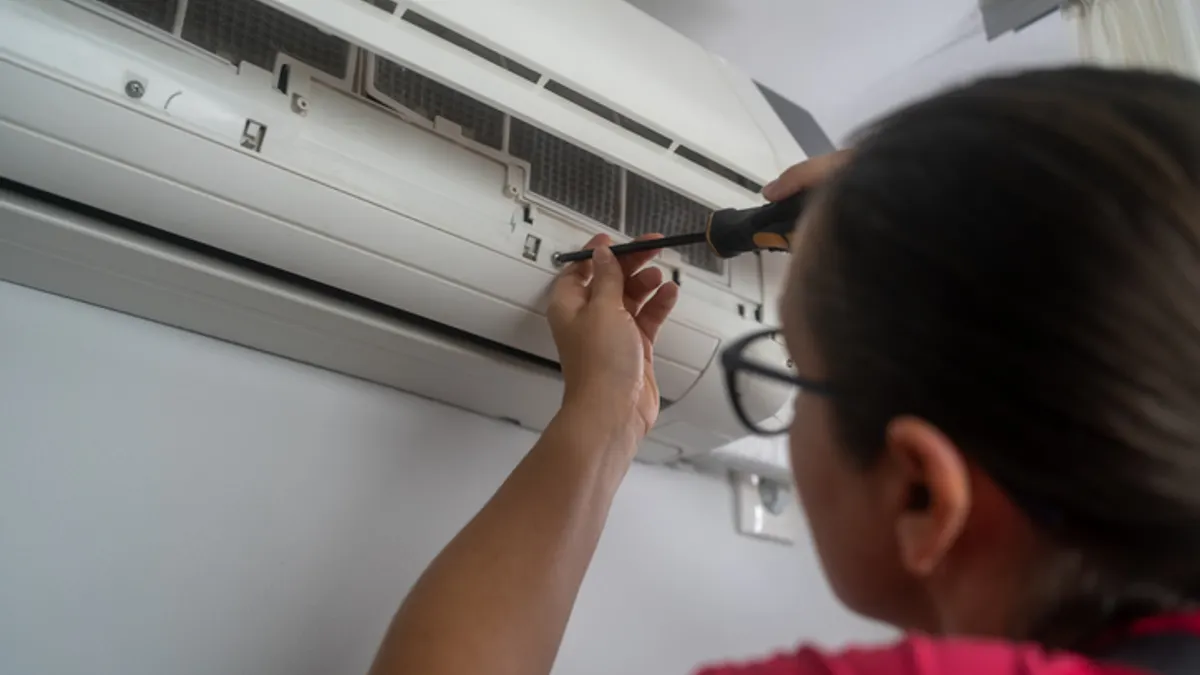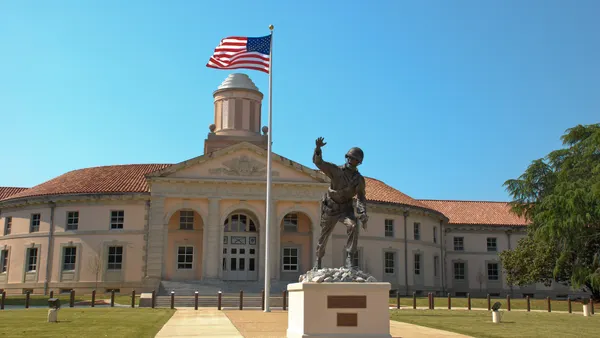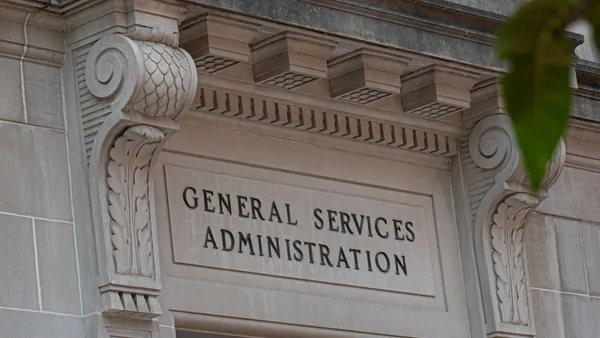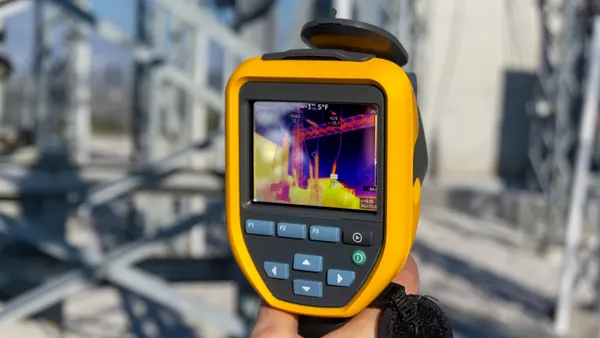Dive Brief:
- RMI, along with the New York State Energy Research and Development Authority, the Building Energy Exchange and Urban Land Institute, has released a free online resource to help building owners and operators with their pathway to strategic decarbonization.
- The Retrofit Playbook for Large Buildings, announced May 22, provides assessment tools, technical guides, best practices, educational materials and case studies of more than 10 buildings including iconic landmarks like the Empire State Building and 345 Hudson.
- The playbook environmental responsibility as an “economic imperative driven by new tax incentives and the city’s Local Law 97,” which requires city buildings over 25,000 square feet to cut 40% of carbon emissions by 2030, RMI said in a May 22 note.
Dive Insight:
The Retrofit Playbook for Large Buildings’s approach, known as Strategic Building Decarbonization, is rooted in the Empire Building Challenge, a joint initiative between NYSERDA and New York-based commercial real estate companies, according to the knowledge-sharing platform’s website.
The retrofit playbook builds on the Empire Building Playbook, a resource published in April 2022, presenting case studies detailing the process by which property developers like Empire State Realty Trust, Hines, Hudson Square Properties and Vornado developed their long-term carbon reduction road maps.
Strategies to decarbonize the 102-story Empire State Building, for example, are based on a phased road map that involves strategically deploying energy conservation measures through 2035. These strategies include optimizing existing systems, maximizing energy recovery and enabling heat pump integration to reduce steam and electricity consumption, according to a case study that outlines property developer Empire State Realty Trust’s goals to reach net-zero emissions across its portfolio in the next eleven years.
Processes to meet those targets involve slashing operational carbon reductions by 80% as well as a combination of energy efficiency measures, a renewable sourced grid and a 20% offset with off-site clean energy generation and renewable energy certificates, per the case study.
In addition to a step-by-step guide laying out the strategic decarbonization program developed and demonstrated on landmark city buildings, the case studies include financial analysis, presenting transparent cost implications and the economic benefits of various retrofit strategies, highlighting expected savings and net present values, RMI said.
The playbook emphasizes a three-step process — examining current conditions; designing resource efficient solutions; and building a business case, according to RMI.
The first step involves comprehensively examining the conditions of building systems, assets and the market to help building owners and engineers incorporate investment events into plans for building system upgrades and emissions reduction, RMI says.
The second step calls for a holistic examination of emissions reduction, prioritizing the development of a long-term action plan that details how to phase in solutions over extended timelines to yield cost-effective and environmentally responsive retrofits. RMI says this step is being implemented in real-life projects and occurs in five different phases — a review of existing conditions; energy load reduction; recovery of wasted heat; partial electrification; and full electrification.
The third step of developing a business case is intended to determine the optimal retrofit solution and phasing for building decarbonization. This step involves focusing on the cost-effectiveness of distinct, alternate scenarios for emissions reductions as well as implementation timelines; alignment with capital plans and a net present value analysis that quantifies the costs of investing in retrofits, costs that can be avoided through strategic planning; risks that can be averted; and any additional value beyond bill savings.
The retrofit playbook actively encourages engagement and collaboration within the industry, with experts, academics and industry professionals at large being invited to submit case studies of innovative retrofit projects, suggest resources or request specific inputs to tackle existing challenges.
New York Gov. Kathy Hochul pointed to the importance of collaborative partnerships in developing solutions that can cut harmful building emissions in a May 22 statement. “Investing in new clean, resilient technologies is just one way that New York is advancing progress toward our ambitious Climate Act goals, and the EBC is one of the most successful programs in decarbonizing high-rise buildings,” Hochul said when announcing that 11 real estate groups would each get $100,000 to advance climate-friendly multifamily buildings in New York state by implementing replicable low-carbon retrofit demonstration projects that address one or more decarbonization barriers.
Other EBC real estate partners include Brookfield Properties, Johnson Controls and Consigli Construction, whose subsidiary is part of a team retrofitting heat pumps into a high-rise building at New York City’s 345 Hudson. That retrofit project is an inaugural NYSERDA initiative aimed at rapidly electrifying one of the city’s century-old buildings.











